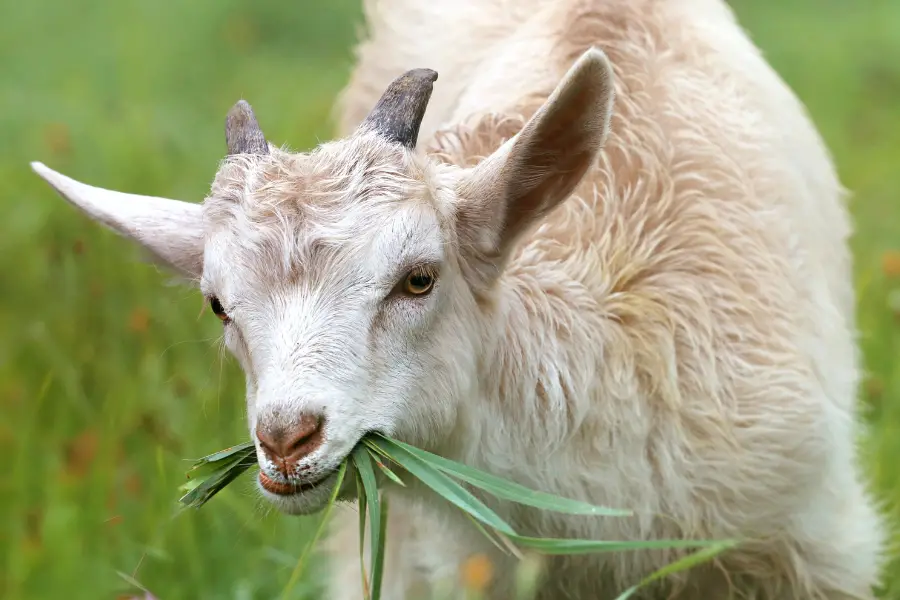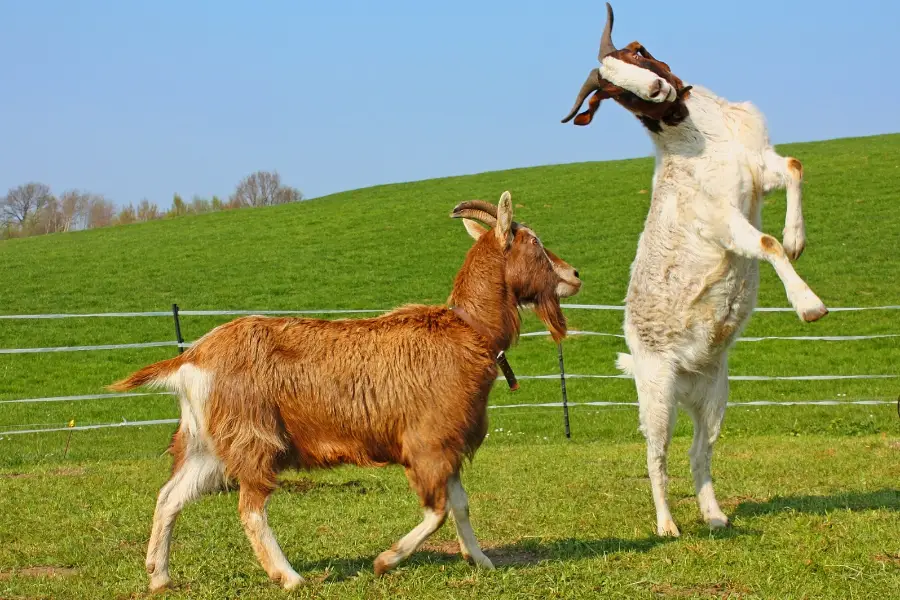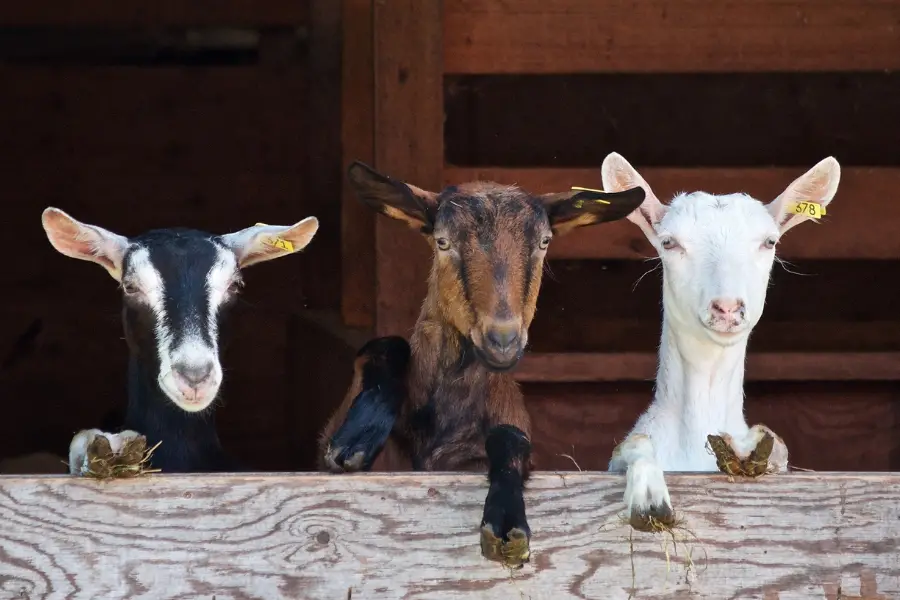
In this complete guide to enterotoxemia in goats (also known as overeating disease in goats) we answer the most common questions that farmers ask about this condition, including what it is, symptoms, treatments, and more.
What is Enterotoxemia in Goats?
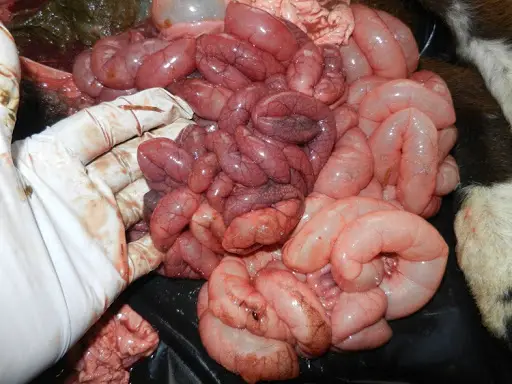
Enterotoxemia, also known as “over-eating disease or pulpy kidney disease” is an ailment caused by bacteria. The causative bacteria are “Clostridium perfringens”. The disease usually appears due to two types of C. perfringens i.e. type C and Type D. Enterotoxemia is mainly caused by type D.
These bacteria are usually present in the gastrointestinal tract of the goat, and in the soil naturally. These bacteria typically reproduce in the intestinal of the goat and generate a large amount of toxin within the gastrointestinal tract.
The primary toxin produces by C. perfringes bacteria is epsilon toxin that is the main cause of creating disease in the goats. Young animals are more prone to this disease as compared to older animals. There is a rapid and sudden death occurred in the kids. However, the adult goats are also susceptible to the disease, but they develop immunity against this illness due to constant exposure to the low dosage of the epsilon toxins.
Enterotoxemia is mainly a management-caused disease. Providing a diet rich in carbohydrate generated an environment for the undigested starches in the intestines and rumen where most of the clostridium toxin flourishes.
Other common reasons that become the source of enterotoxemia includes consumption of lush pasture or baked products. A rapid change in the feed is another reason for enterotoxemia. The sudden feed change results in the alternation of rumen pH which becomes more acidic and leads to slow rumen contraction.
The toxin will enter throughout the system, destructive to the brain’s blood vessels, and killing the goat. Therefore, any change if necessary, should be gradual and in multiple days to avoid the development of the enterotoxemia.
The transmission of the disease is usually from animal to animal through faeces, and from the soil. The bacterium is generally present in the gastrointestinal tract of the goat, but it triggers with predisposing factors. The bacterium can cause multiple in eight minutes that show how life-threatening this bacterium is for the goats.
What are the Symptoms of Enterotoxemia in Goat?
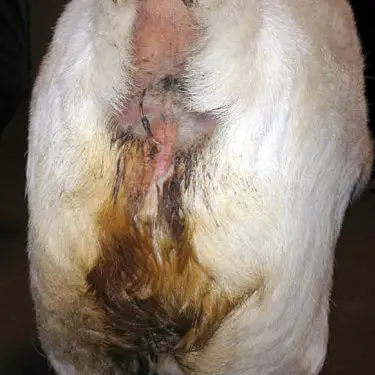
The signs and symptoms of entero-toxaemia include the onset of the diarrhea. The animal may go off feed and becomes lethargic. There may some signs of abdominal pain as the animal will start kicking the belly and may lay down repeatedly. Panting will become prominent in goats along with diarrhoea.
In severe cases, there will be blood with the diarrhoea. The goats will have a drunken appearance and depressed. The goats will have low body temperature, pull their heads backwards, may have convulsion and eventually die.
A typical posture of goats affected with enterotoxemia will be like lying on sides with the extension of legs, and head and neck will extend backwards. This posture is the typical posture of goats having enterotoxemia. However, this disease spread rapidly and animals may not show any signs and found dead.
The kidney of the goats become pulpy after the death and can observe only if the post-mortem performed soon after the death. The glucose level will be higher in the urine after the death of the goats with enterotoxemia. There will be the development of the fluid in the heart and the lungs with hemorrhages on the interior sides.
Enterotoxemia in Goat – Treatments
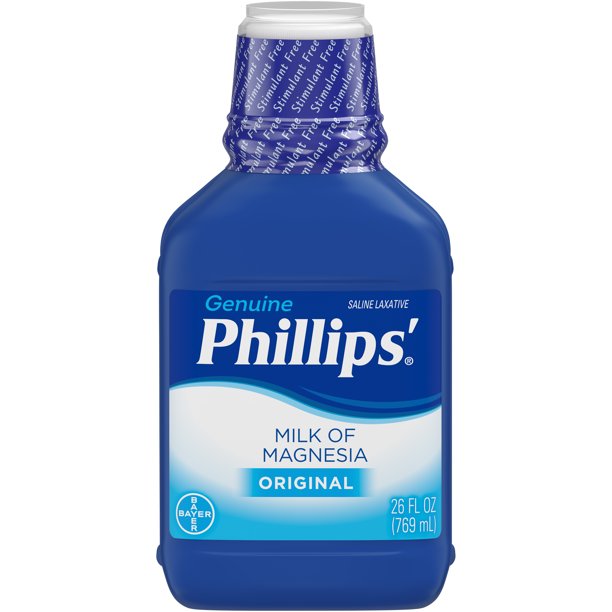
The initial treatment for enterotoxemia includes the administration of type C and D anti-toxin under the skin of the goat. Application of Milk of Magnesia will aid to remove the toxic feed from the body of the goat. Ringer lactate administration under the skin or providing electrolytes orally will keep the goats hydrated. The active charcoal will bind the toxins, pain killer injections will reduce the pain, and antibiotic will help the recovery of the goats.
The type C and D anti-toxin should be given accordingly to the dosage and must repeat the anti-toxin dose after every twelve hours until the goat recovers well. In case, the goats become allergic to C and D anti-toxins, any anti-allergic injection will be useful to remove the allergy.
The dose of Milk of Magnesia is 15 cc/ 60lbs of body weight with a repeated treatment after every 4-6 hours until the goat passes the stool and then starts making usual pills. Electrolytes will help to keep the goat hydrated.
If Milk of Magnesia is not available, mineral oil can be the substitute for the Milk of Magnesia. However, special care should be done as mineral oil is tasteless and it may enter the lungs. Therefore, administration of mineral oil should always go with the stomach tube to avoid pneumonia.
In case, the stomach tube is not available, drench the mineral oil by mixing it with any flavoured juice and pour in the goat’s mouth slowly. A pain killer injection will help to reduce abdominal pain. Some antibiotics like Sulfa drugs combined with TMP (trimethoprim) is useful in the cases of enterotoxemia. This antibiotic is available in liquid as well as tablet form. Repeat the anti-biotic for five days to have good results.
Enterotoxemia Vaccine in Goats – Vaccine, Dosages & More
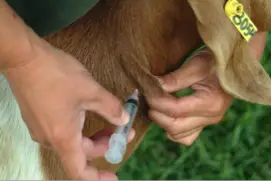
The vaccination is available for the enterotoxemia disease in goats. The vaccine is very much vital for the goats and the farmers should administer it on time. The vaccine is available in combination with tetanus (another bacterial disease caused by Clostridium tetani). This combined vaccine is beneficial if the clostridium infection is in the rumen. However, the effectiveness of the immunisation reduces if the bacteria are in the intestine.
It is always better to use a vaccine that is against Type C and D with Tetanus, rather than using a vaccine that has protection against seven to eight diseases. The reason behind that is the seven or eight diseases vaccine will suppress the immune system of the goat, and result in remove some protection against other diseases like tetanus.
Administer the vaccine when the goats are young of 2-3 months old and then apply the booster every yearly, preferably every half year. Any introduction of a new goat should have the two doses of the vaccine with a gap to 21-30 days without considering the age of the goat. Pregnant goats should have the vaccination injection 6-8 weeks before parturition to ensure that newborn kid may have the protection from the dam’s milk.
References:


